Description de l'Egypte, ou Recueil des observations et des recherches qui ont été faites en Egypte pendant l'expédition de l'Armée française. Paris: Imprimerie Impériale, 1809-1813, Imprimerie Royale, 1817-[1830]. First edition, issue with many colored plates, of the magnificent Napoleonic report on Egypt in blue publisher’s boards, the beginning of modern Egyptology, and the most significant publication ever produced by the French government. A truly monumental feat, comprising 18 volumes bound in 23, including three grand monde folios of plates; all housed in a custom reproduction cabinet. The contents are arranged into three categories: Antiquités, L'État moderne, and Histoire Naturelle, with text and plates bound separately. Publication took place over several decades, with livraisons released not necessarily in the order they are bound; copies with differing plate counts exist; this one matches the copy described by Blackmer except for three plates not included. The set is so large, both in number and in size, that Edouard Jomard designed a cabinet-cum-bookstand complete with Egyptian flourishes; a reproduction of that cabinet is included with this lot. "Thirty years of collective effort went into the publication of this work, as well as untold suffering and privation in Egypt" (Blackmer). Napoleon later described his legendary Egyptian campaign in rosy terms as "the most beautiful time in my life," imagining himself "founding a religion, marching into Asia, riding an elephant, a turban on my head in my hand the new Koran I would have composed to suit my needs." Although it ultimately set Napoleon on the path to Emperor, it was not a military success. As J. Christopher Herold writes in the preface to his famous chronicle of the campaign, "the truth does not reflect very favorably on either Napoleon Bonaparte or the French soldiers and civilians who took part in his Egyptian campaign." But the campaign had other goals as well; when the French fleet led by L'Orient set sail for Alexandria, it carried not only soldiers but a research division, comprising civil engineers, cartographers, artists, mathematicians, chemists, zoologists, and more. Once in Egypt they formed the Institute of Egypt, divided into four areas: mathematics, physics, political economy, and the arts, which devoted itself to the study of every aspect of Egypt for the next three years. "Never before or since has a study of such scope and thoroughness been accomplished on the basis of field-work carried out in so short a space of time and under such inadequate and harrowing circumstances" (Herold). As early as October 1798, the mathematician Jean-Baptiste Joseph Fourier secretary of the Institute, was entrusted with the task of uniting the reports of various disciplines with a view to publication. The huge volume of information to be published meant adopting an apparently haphazard modus operandi: when sufficient plates or text on a particular subject were ready, they were published. Started under Napoleon's regime in 1809, there was a hiatus from 1813 until 1817 when the new Bourbon king, realizing the importance of the work, placed it above politics by supporting its completion. This was finally achieved in 1830. "The Egyptologists of the 19th-century owed their knowledge of ancient Egypt to the efforts of the engineers who described the monuments of antiquity, and it was in the plates of the Description that these were revealed" (Blackmer). It was the largest printed work so far produced, one that "exhibits the sites of Egypt with detail augmented by each passing page, thus creating a much different viewing experience [than other contemporary view books] premised on an empirical, scientific unfolding. Beginning with an aerial map of a particular archaeological site, it then moves to a general view of the monuments in situ, followed by architectural elevation and plans, and intricate displays of any individual artifacts and inscriptions discovered" (Olive
Description de l'Egypte, ou Recueil des observations et des recherches qui ont été faites en Egypte pendant l'expédition de l'Armée française. Paris: Imprimerie Impériale, 1809-1813, Imprimerie Royale, 1817-[1830]. First edition, issue with many colored plates, of the magnificent Napoleonic report on Egypt in blue publisher’s boards, the beginning of modern Egyptology, and the most significant publication ever produced by the French government. A truly monumental feat, comprising 18 volumes bound in 23, including three grand monde folios of plates; all housed in a custom reproduction cabinet. The contents are arranged into three categories: Antiquités, L'État moderne, and Histoire Naturelle, with text and plates bound separately. Publication took place over several decades, with livraisons released not necessarily in the order they are bound; copies with differing plate counts exist; this one matches the copy described by Blackmer except for three plates not included. The set is so large, both in number and in size, that Edouard Jomard designed a cabinet-cum-bookstand complete with Egyptian flourishes; a reproduction of that cabinet is included with this lot. "Thirty years of collective effort went into the publication of this work, as well as untold suffering and privation in Egypt" (Blackmer). Napoleon later described his legendary Egyptian campaign in rosy terms as "the most beautiful time in my life," imagining himself "founding a religion, marching into Asia, riding an elephant, a turban on my head in my hand the new Koran I would have composed to suit my needs." Although it ultimately set Napoleon on the path to Emperor, it was not a military success. As J. Christopher Herold writes in the preface to his famous chronicle of the campaign, "the truth does not reflect very favorably on either Napoleon Bonaparte or the French soldiers and civilians who took part in his Egyptian campaign." But the campaign had other goals as well; when the French fleet led by L'Orient set sail for Alexandria, it carried not only soldiers but a research division, comprising civil engineers, cartographers, artists, mathematicians, chemists, zoologists, and more. Once in Egypt they formed the Institute of Egypt, divided into four areas: mathematics, physics, political economy, and the arts, which devoted itself to the study of every aspect of Egypt for the next three years. "Never before or since has a study of such scope and thoroughness been accomplished on the basis of field-work carried out in so short a space of time and under such inadequate and harrowing circumstances" (Herold). As early as October 1798, the mathematician Jean-Baptiste Joseph Fourier secretary of the Institute, was entrusted with the task of uniting the reports of various disciplines with a view to publication. The huge volume of information to be published meant adopting an apparently haphazard modus operandi: when sufficient plates or text on a particular subject were ready, they were published. Started under Napoleon's regime in 1809, there was a hiatus from 1813 until 1817 when the new Bourbon king, realizing the importance of the work, placed it above politics by supporting its completion. This was finally achieved in 1830. "The Egyptologists of the 19th-century owed their knowledge of ancient Egypt to the efforts of the engineers who described the monuments of antiquity, and it was in the plates of the Description that these were revealed" (Blackmer). It was the largest printed work so far produced, one that "exhibits the sites of Egypt with detail augmented by each passing page, thus creating a much different viewing experience [than other contemporary view books] premised on an empirical, scientific unfolding. Beginning with an aerial map of a particular archaeological site, it then moves to a general view of the monuments in situ, followed by architectural elevation and plans, and intricate displays of any individual artifacts and inscriptions discovered" (Olive




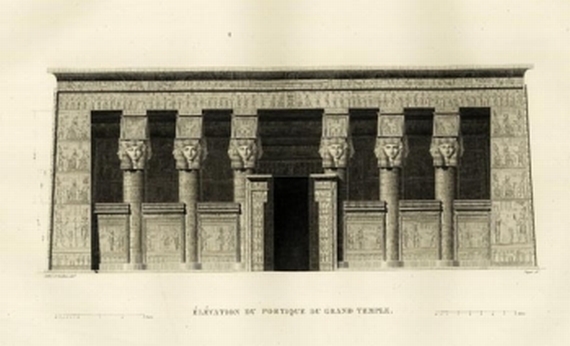
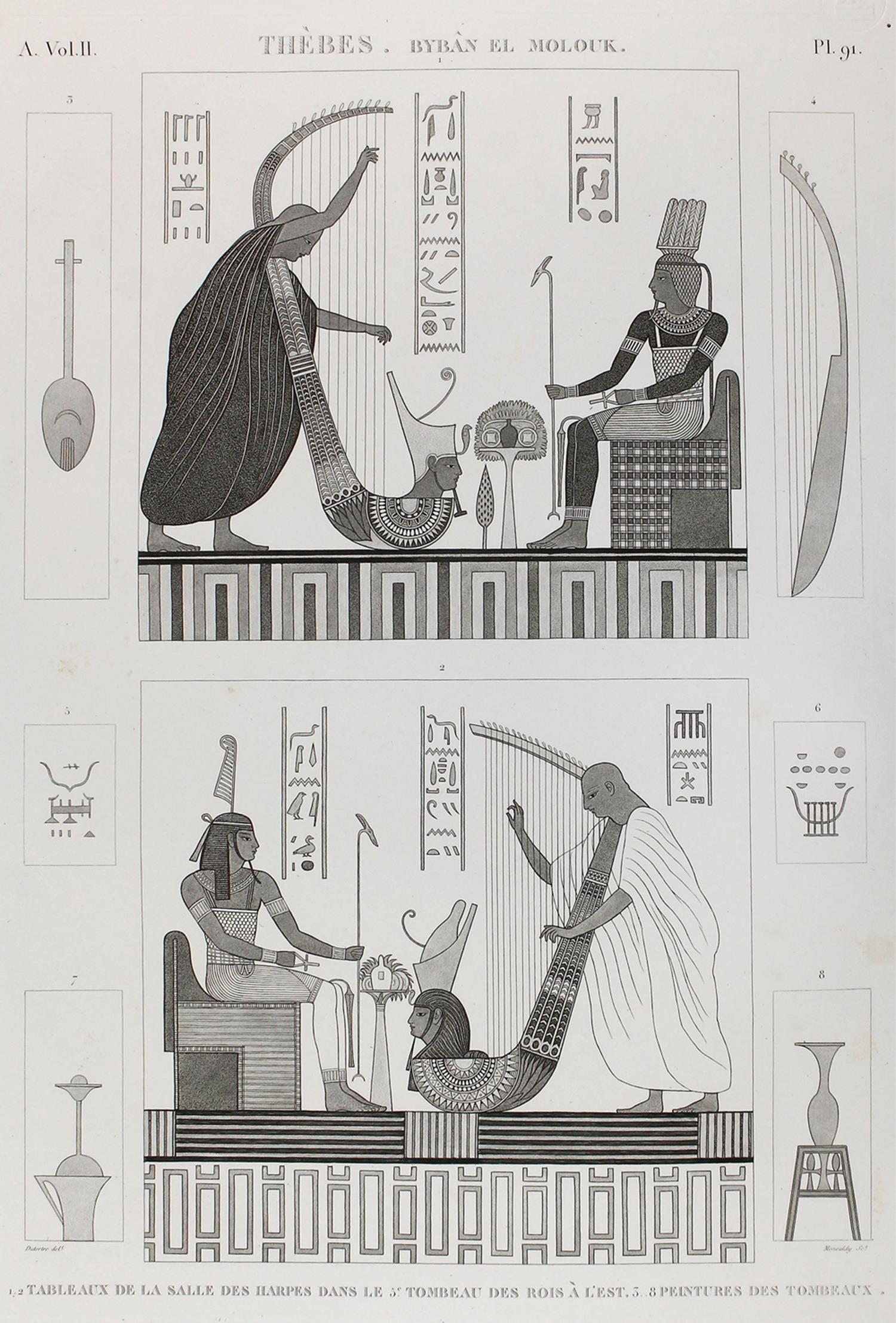
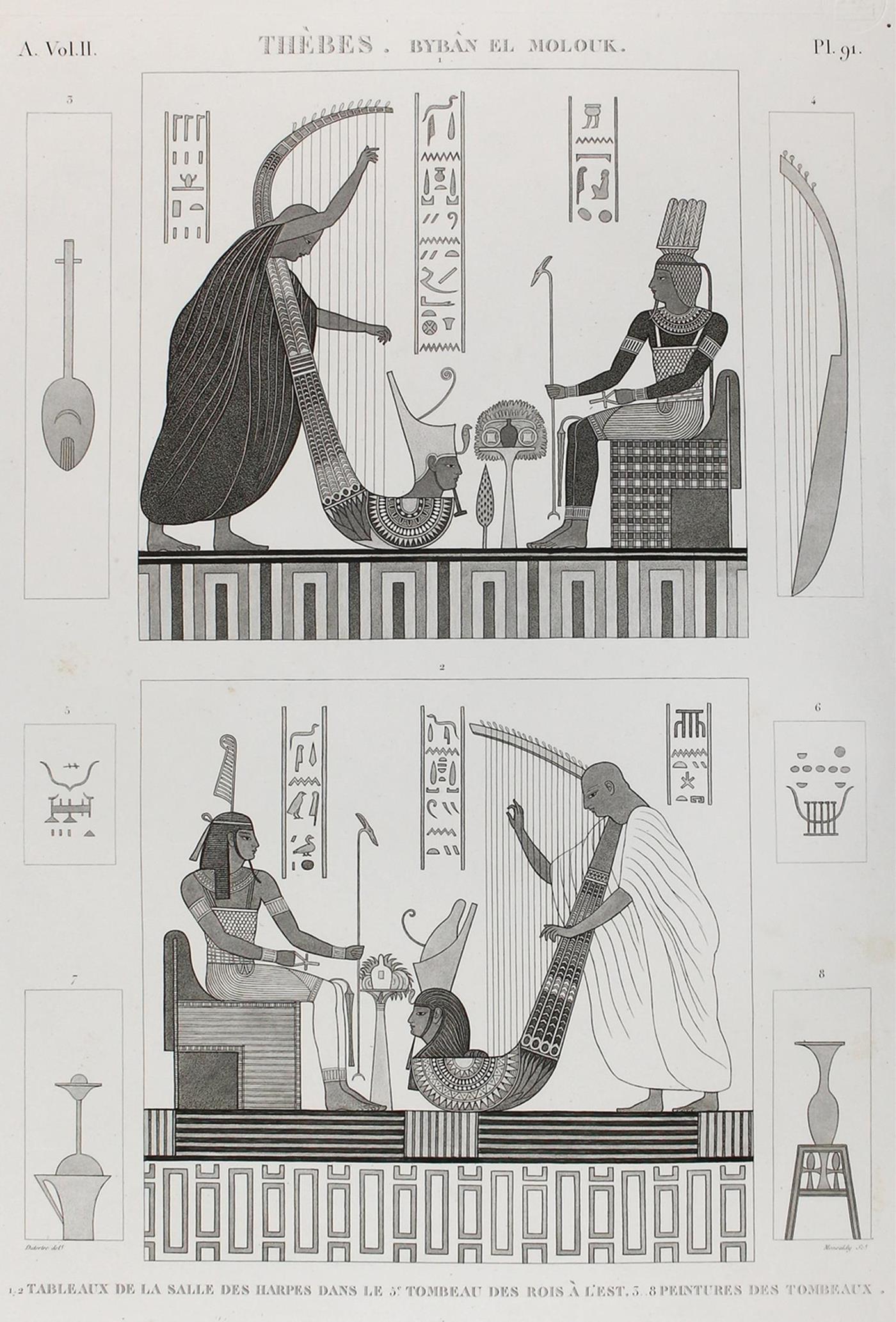
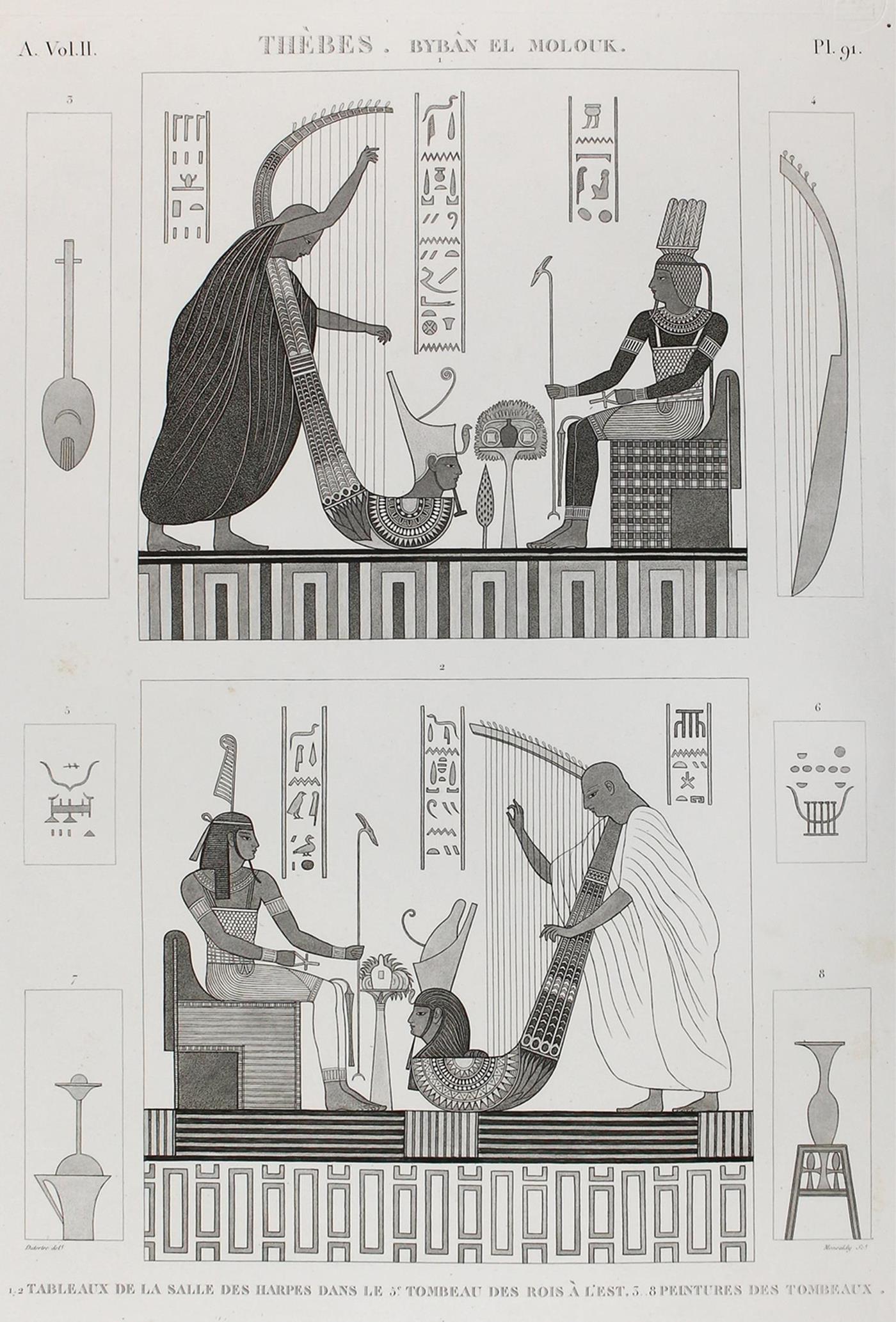
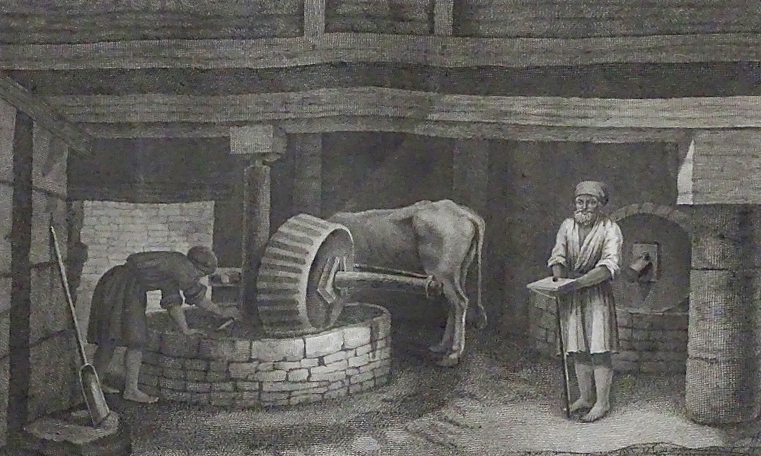
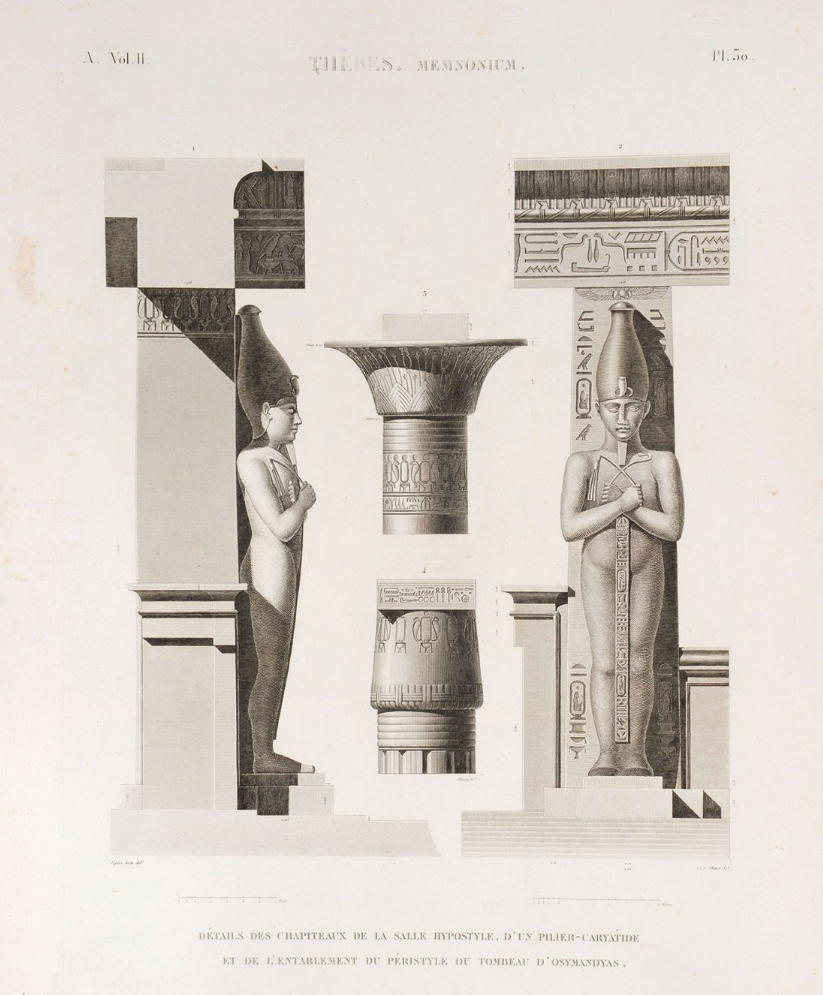
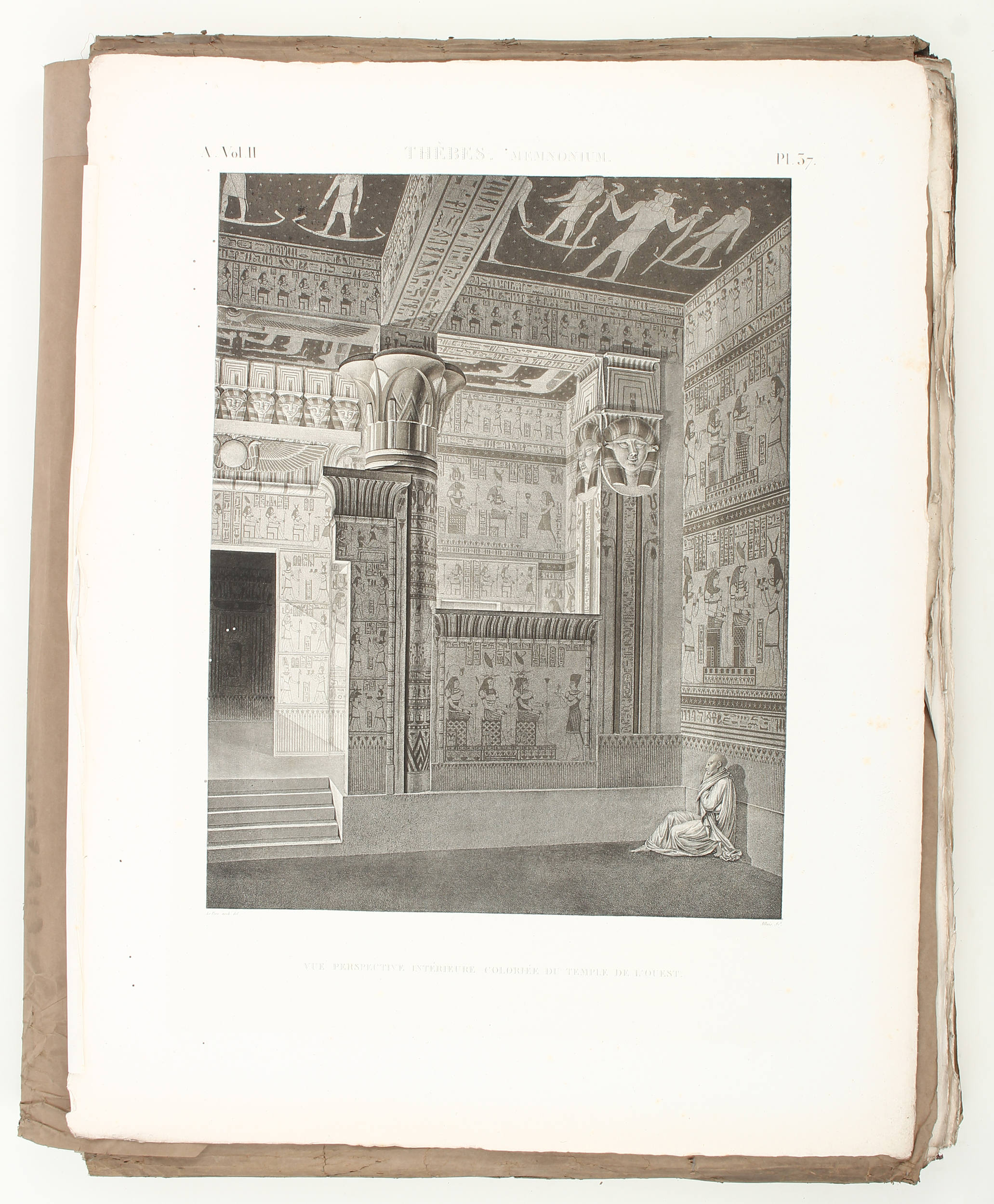
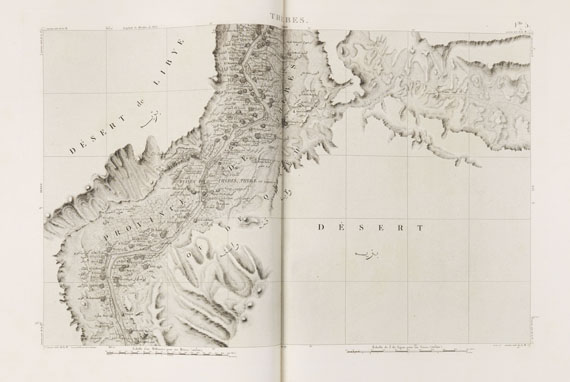

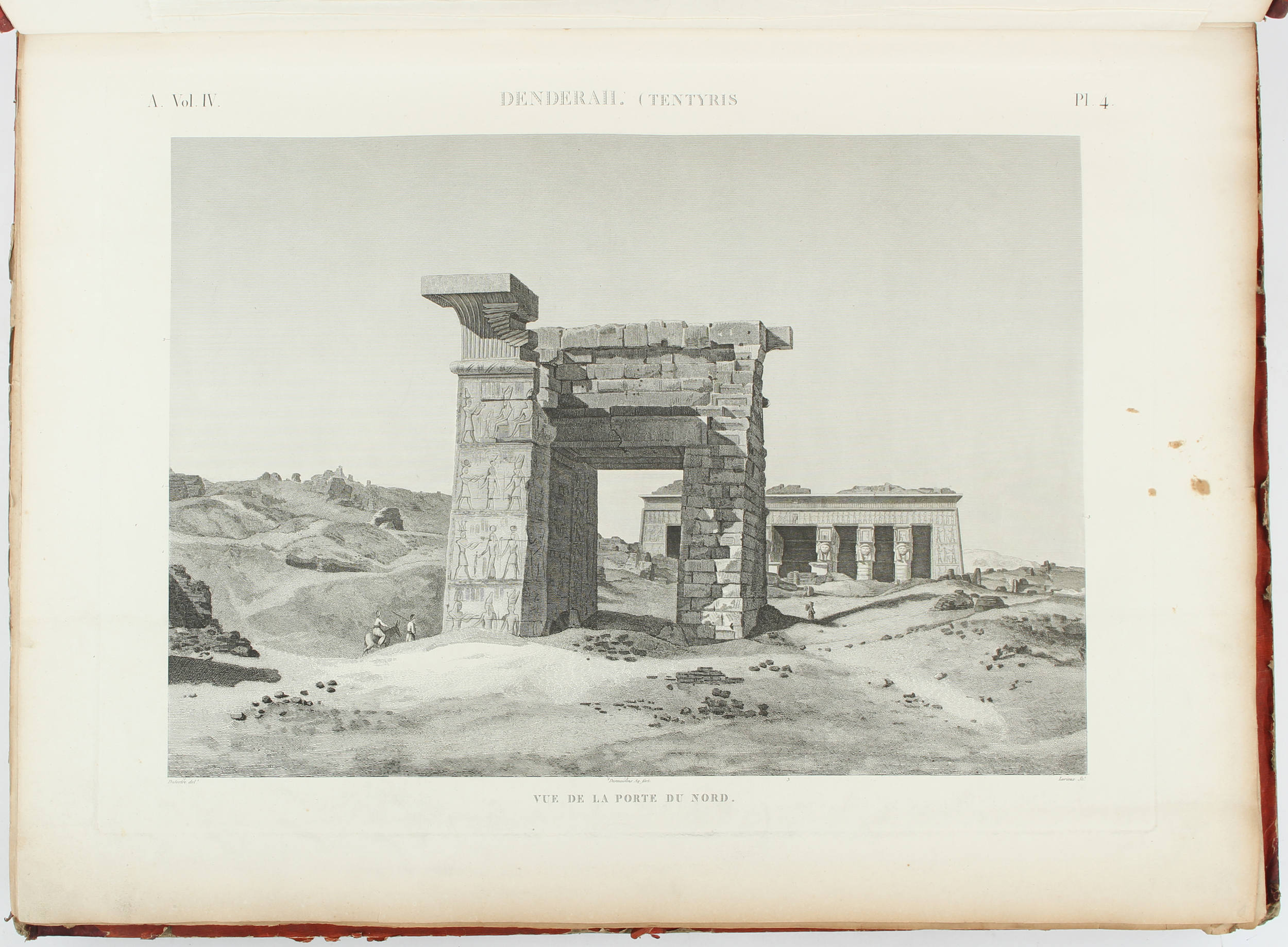
Try LotSearch and its premium features for 7 days - without any costs!
Be notified automatically about new items in upcoming auctions.
Create an alert